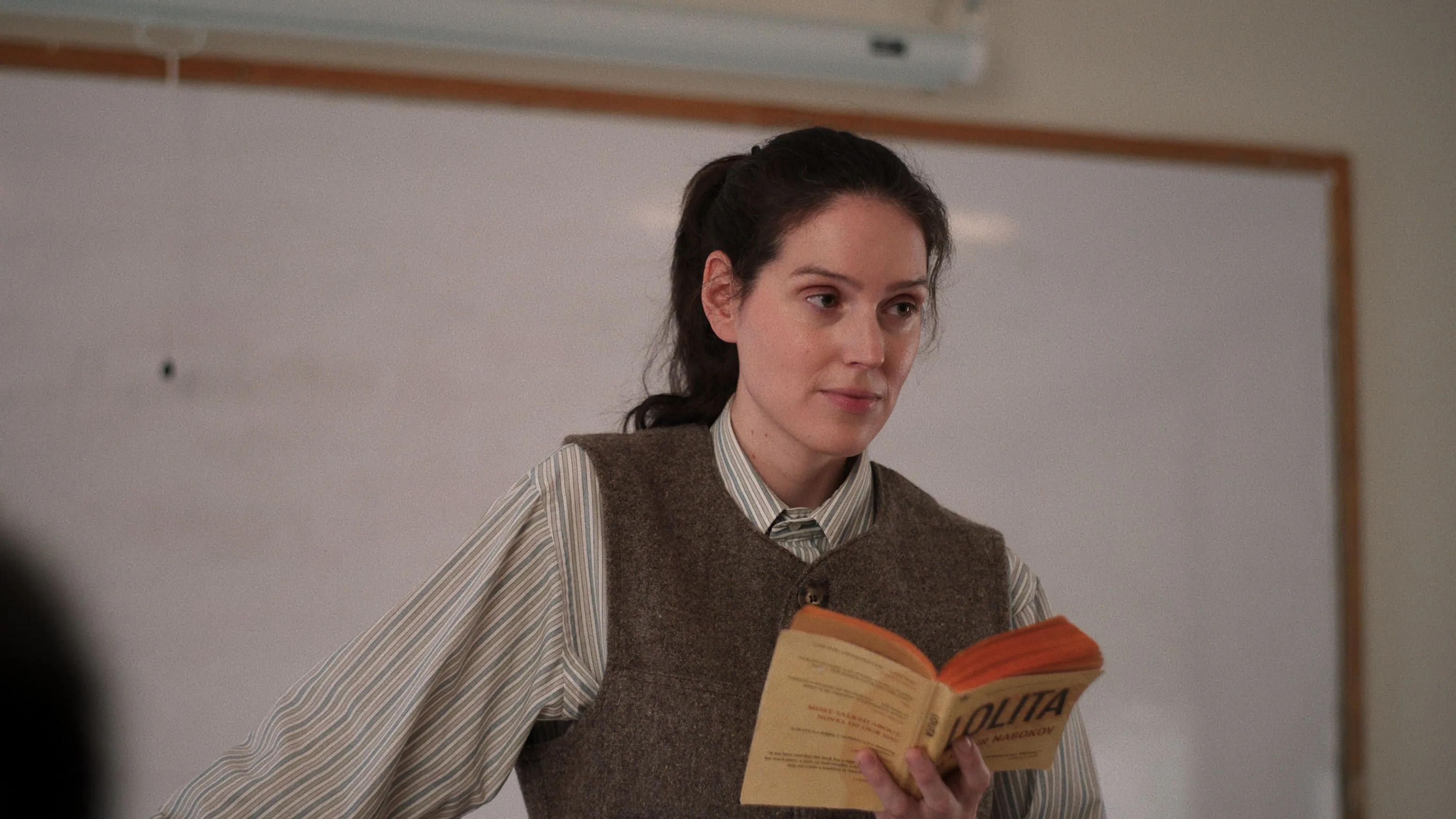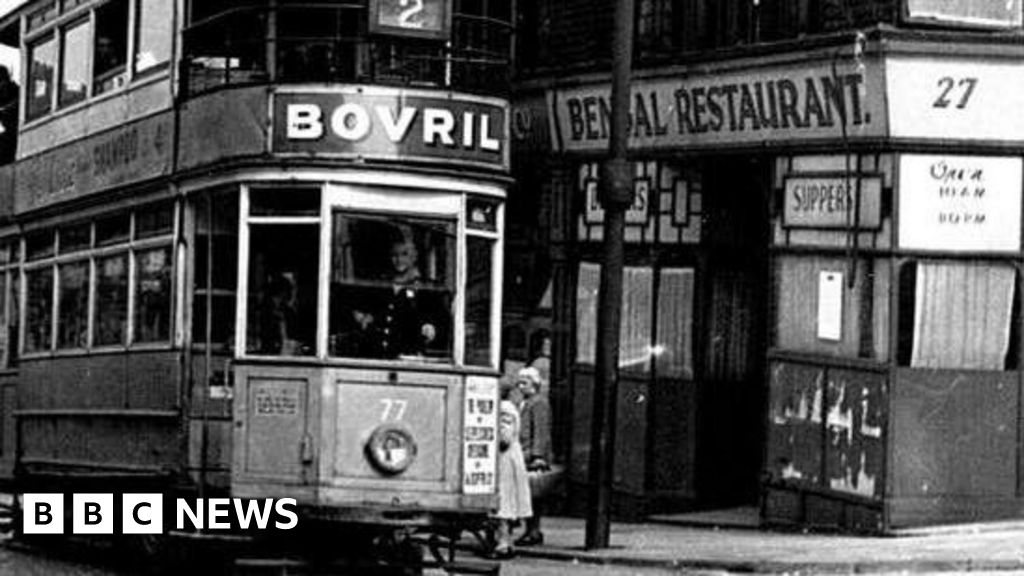By Tyler Watamanuk
Copyright gq

This story contains mild spoilers for the film Sorry, Baby.
When the temperature starts to drop, the people of New England tend to dress in an unofficial uniform of sorts. You know it when you see it: baggy khakis, rugged Oxfords, Shetland sweaters, barn jackets, puffer coats. Layers on layers, textures on textures, all in muted, practical colors that prioritize warmth over trendiness. The look feels lifted straight from an old L.L.Bean catalog—supremely functional, and often accidentally fashionable.
The A24 film Sorry, Baby, a superb debut feature by Eva Victor, is a real Nor’easter of a movie—and it has the wardrobe to match.
“The film called for this kind of winter-New-England style,” says costume designer Emily Costantino, who is based in New York City. “I read the script and thought, I know this.” She immediately knew how to build up all of the costumes in the film. Costantino was no stranger to the Northeastern cold, having grown up in a Canadian border town about two hours north of Syracuse. What’s more, Costantino’s grandmother owned a clothing store, and she spent her childhood running amongst racks of beefy flannels and nubby knitwear. “We ended up using all these brands that she used to sell: Pendleton, Woolridge, Eddie Bauer,” she says.
Sorry, Baby, which is now available to rent on streamers like Prime Video and Apple TV+, is full of both intricacy and comedy. The film centers on Victor’s Agnes—a young literature professor at a small liberal arts college in an unspecified, woodsy New England town—and her life before and after an assault she experiences as a grad student. The project came together quickly for Costantino, who had just four weeks to prep before filming began in eastern Massachusetts. She and Victor got to work immediately. “We really connected over Kelly Reichardt films like Certain Women, and we also bonded over these random ’90s rom-coms with Julia Roberts and Sandra Bullock,” Costantino recalls. Their references ran wide: the 2007 film Juno, Miranda July, a 1994 Calvin Klein collection, and the legendary costumer Mark Bridges. But for Agnes and her cohort, their clothing is grounded in texture and color.
Agnes dresses in a style best described as artfully disheveled. There’s a quiet cohesion to her wardrobe—a rotation of timeless menswear silhouettes and muted tones that mirror the emotional undercurrents of the film. She wears pleated pants with a corduroy-collared barn jacket and suede Mary Janes. Sweater vests over oversized button-up shirts. Rugged work pants with thick, full-zip sweaters. Her clothes reflect both movement and stagnation, told through subtle gradations of brown and the rough textures of tweed, Irish wool, and flannel.
Gender was a key consideration—in one scene, Agnes is asked to select her gender on a form, and she literally draws in a new box between male and female. (Off-screen, Eva Victor uses they/she pronouns.) “In the beginning, we leaned into more youthful or traditionally feminine shapes,” Costantino says. “But her silhouettes start to shift. We move toward more traditionally masculine styles.”
Early on in the timeline of the film, Agnes lives on campus with her best friend and grad-school classmate, Lydie (Naomi Ackie). They take the same classes, read the same books, and—in the beginning—dress similarly. Costantino wanted their wardrobes to subtly echo their intimacy. “We tried to make them look like young friends—borrowing each other’s clothes, mirroring each other’s style,” she explains. “But as the story progresses, they start to separate, the way you do with friends during that phase of life.” Once Lydie leaves rural New England for New York City, her wardrobe changes: Simply put, it gets cooler. When she returns to visit Agnes on campus, Lydia is dressed in directional labels like Yohji Yamamoto’s Y-3 line, Kapital, and Paloma Wool. Costantino even outfitted her in a pair of Plasticana Gardana clogs—a cult-favorite style among the clued-in, cosmopolitan menswear crowd. “Lydia’s growth really reveals Agnes’s stagnation.”
From the outset, Costantino knew the clothes had to speak softly. “We couldn’t take big risks with style choices, but I still wanted to create something visually interesting,” she says. That meant relying on silhouette, palette, and texture—the hallmarks of New England’s cold-weather menswear. “We didn’t want Agnes to feel sad or drab. We wanted her to be deceptively simple: quiet, but with something stirring underneath. How do you create the feeling of potential, or growth, without shouting it?”
Victor and Costantino were never going to put Agnes in a dreary gray sweatsuit or the stretchy and contemporary athleisure of today. Even her pajamas nod to timelessness: she sleeps in a vintage roll-neck sweater, a rugged staple that’s steeped in regional history. It’s a delicate balancing act: a story of heavy themes told with a stone-faced sense of humor. The costumes needed to lend a rich, tactile layer to the whole thing. In the process, Victor and Costantino created a wardrobe with enigmatic fashion appeal. “It’s funny, people keep telling me, ‘I want to dress like Agnes,’” Costantino says. “Eva and I wanted to make her feel like a real person. We wanted to create this very specific ‘Agnes style.’ When you’re intentional about a character like that, it becomes something unique and memorable.”
“Also,” she adds, “it looked good.”
And Costantino is right. Fitted out in Agnes’s faded blue Woolrich puffer to the worn-in Eddie Bauer knitwear to a pair of Bean Boots, even the gruffest New Englander should be proud.



